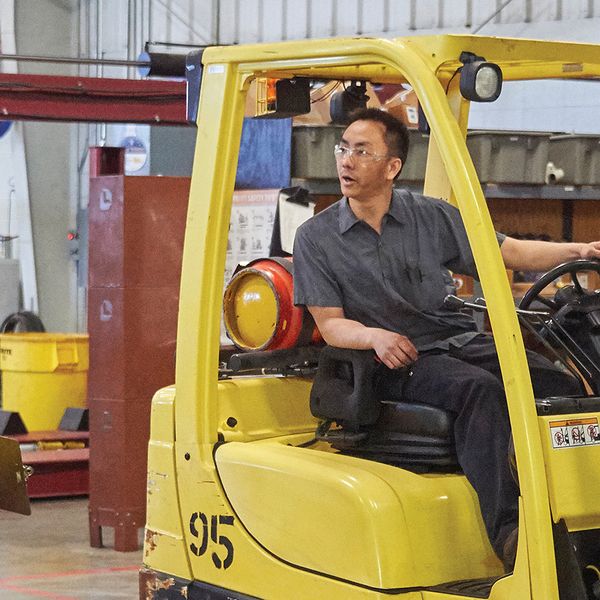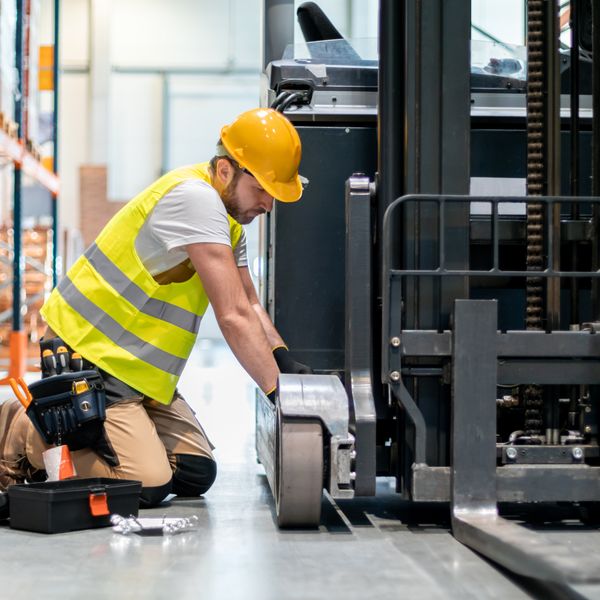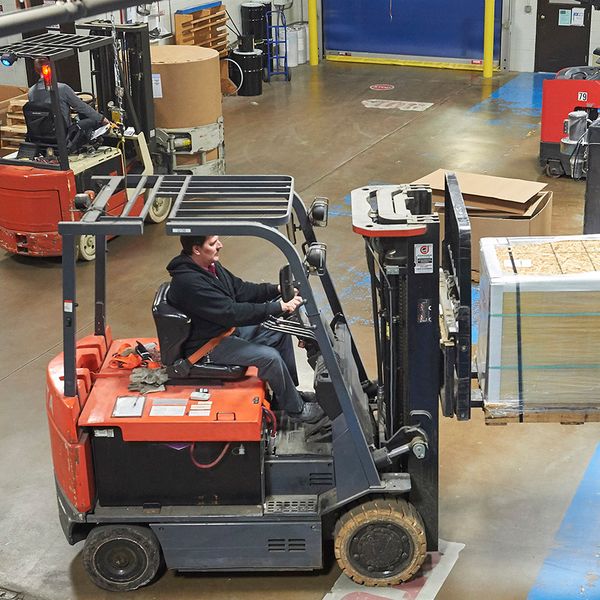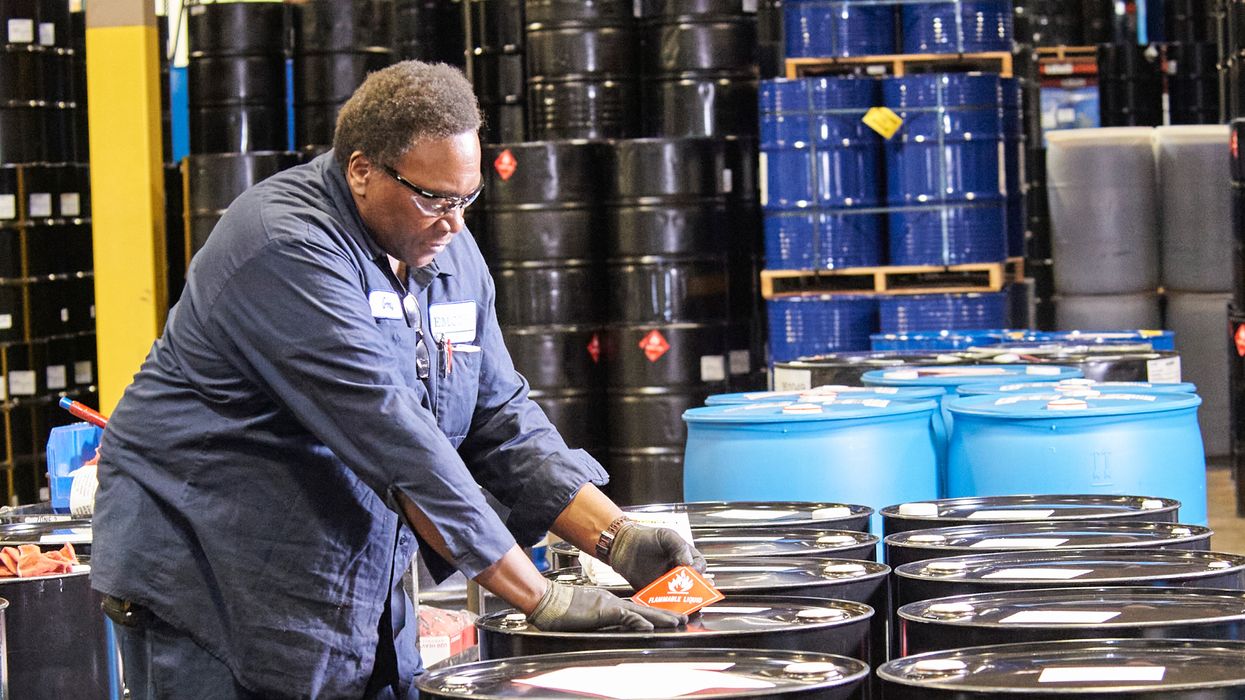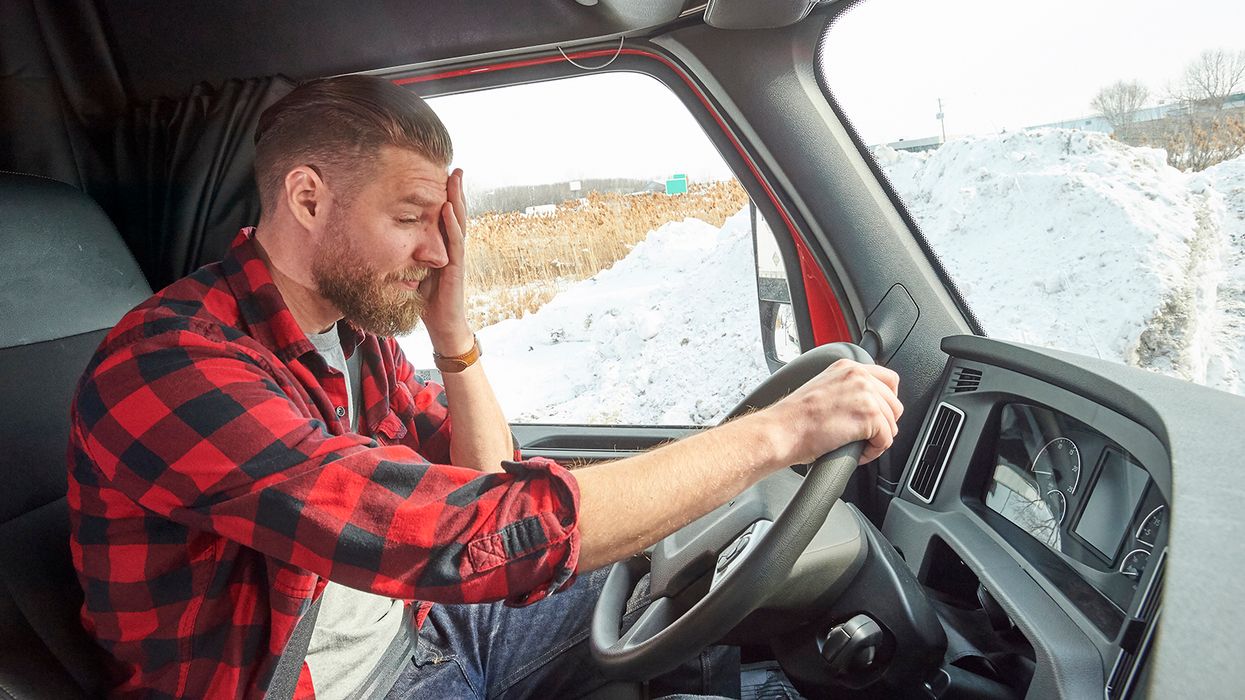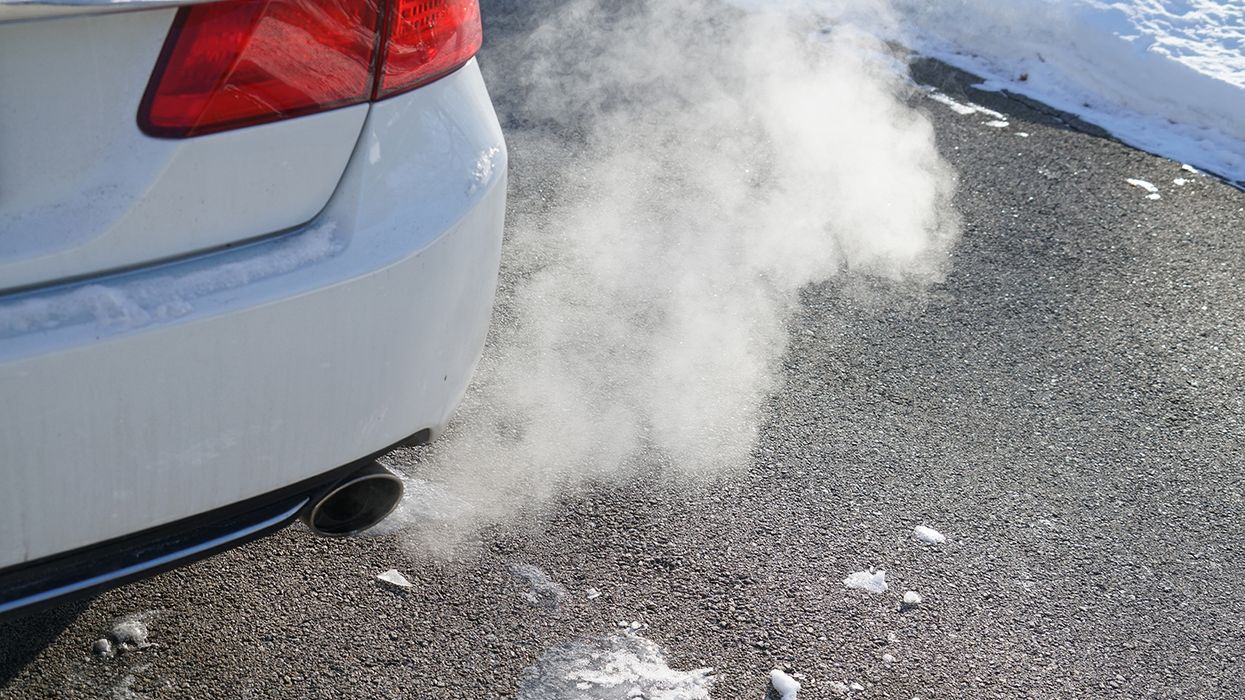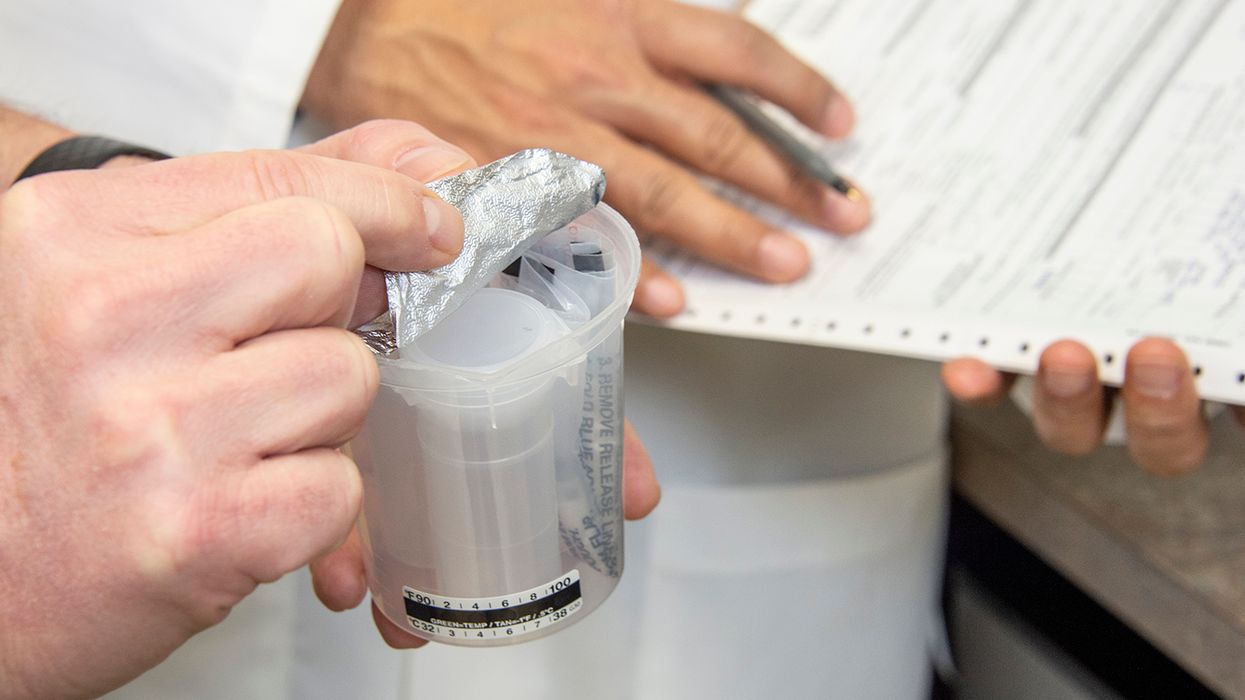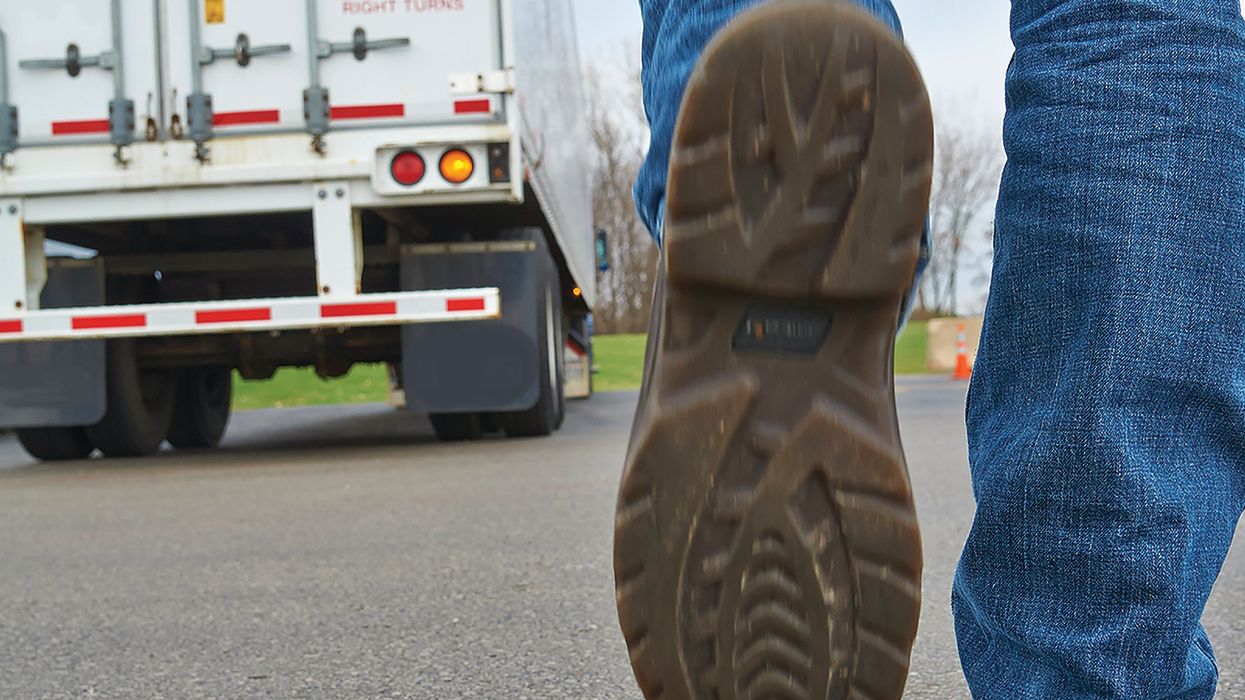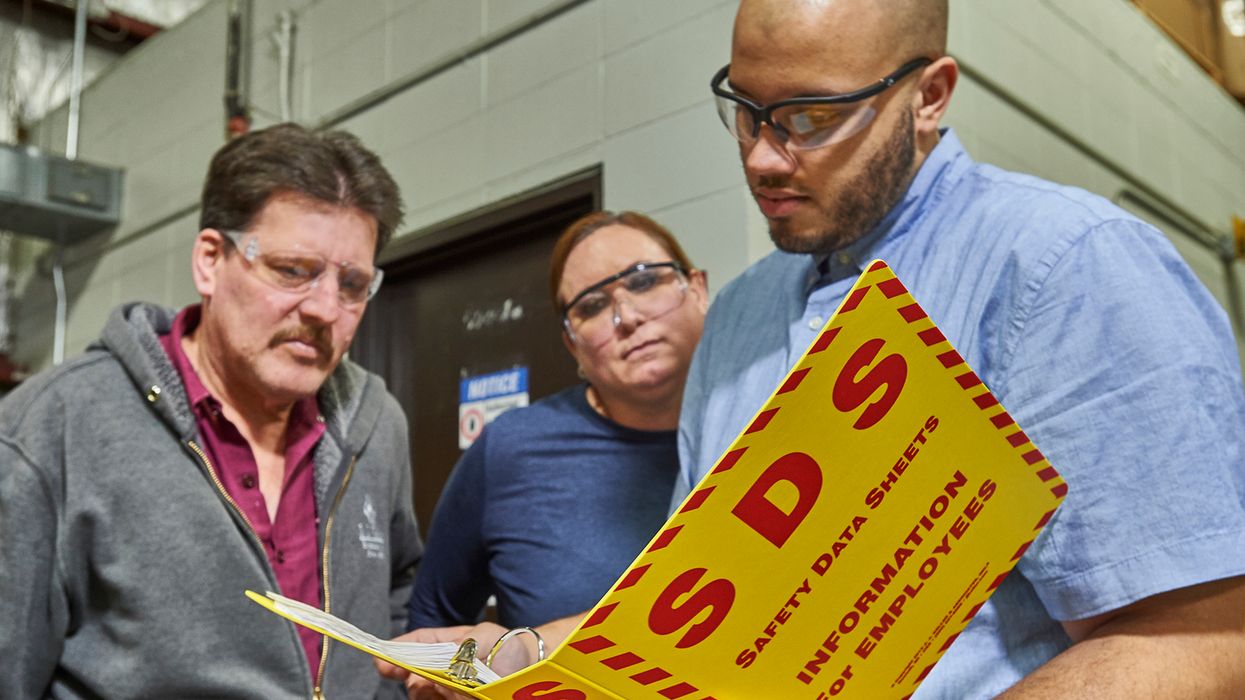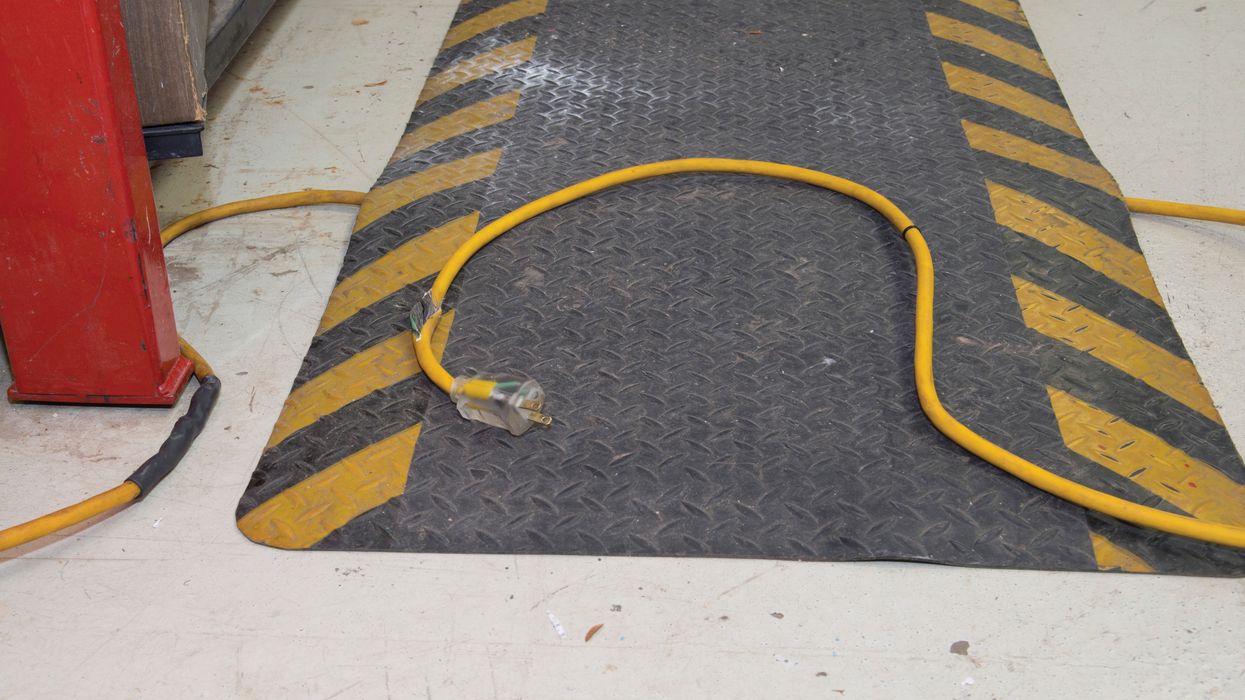Improperly repaired forklift rolls forward and kills worker
In January 2023, OSHA cited a company for multiple violations after a worker was killed when a forklift he had operated rolled and struck him. Proposed penalties total $218,759. OSHA’s inspectors determined that the forklift’s original parking brake was replaced with a makeshift brake that failed to prevent the forklift from moving while parked.
According to OSHA, when determining whether a truck is “in need of repair” or “defective,” various factors are considered. These factors include, but aren’t limited to:
- The condition of the truck itself,
- The manufacturer’s limitations on the truck, and
- Other safety issues include those considerations found in consensus standards like ANSI B56.1.
Lift trucks are often involved in accidents because the truck wasn’t functioning properly, or unauthorized repairs are made. An operator may have jumped on the truck, and preceded to drive away, only then to find that the brakes aren’t working properly. This requirement is designed to lessen the frequency of workplace accidents caused by malfunctioning trucks.
OSHA says it’ll consider the totality of the circumstances surrounding a powered industrial truck in determining whether it’s “in need of repair” or “defective.” It’s essential that employers train operators to perform thorough inspections and have authorized resources to make repairs.
Unsafe
“Unsafe,” as used in the standard, carries the general connotation of presenting harm or risk. For example, all gauges must be functioning properly. Should a gauge not be functioning properly, the truck would usually be considered defective and in need of repair, thereby making the truck unsafe.
Other indications of vehicle neglect are leaky hydraulic systems, kinked or collapsed hydraulic hoses, missing bolts, damage to the overhead guard, tires with large pieces missing, and leaking fuel systems. All of these conditions would make the truck unsafe.
Be aware that there are times an equipment defect may go unreported because the operator knows how to “circumvent” the problem (i.e., if the operator knows to pump the brakes three times before the brakes begin to work, why report the defect?). It should be reported, of course, because other employees may not know about the poor brakes and wouldn’t find out until too late.
There are documented cases of lift trucks that went for weeks with the brakes not working properly because “everyone here knows to pump the brakes to build up pressure before trying to stop.” Any time such conditions are present, the truck must be taken out of service and repaired or corrected before being placed back in service for use.
Repair
Many companies find it best to outsource lift truck repairs to a factory-authorized lift truck dealership. Because of the inherent danger that malfunctioning lift trucks present, it’s required that only properly trained and authorized personnel repair lift trucks.
The standard doesn’t require an authorized service technician to make all forklift repairs from the selling dealership. Still, it does require that whoever does perform the repair is knowledgeable of the particular area being serviced.
Key to remember
Letting an authorized dealer’s service technician perform lift truck repairs and routine checks is one way to assure that the correct repair parts are installed and that correct repair procedures are followed.





